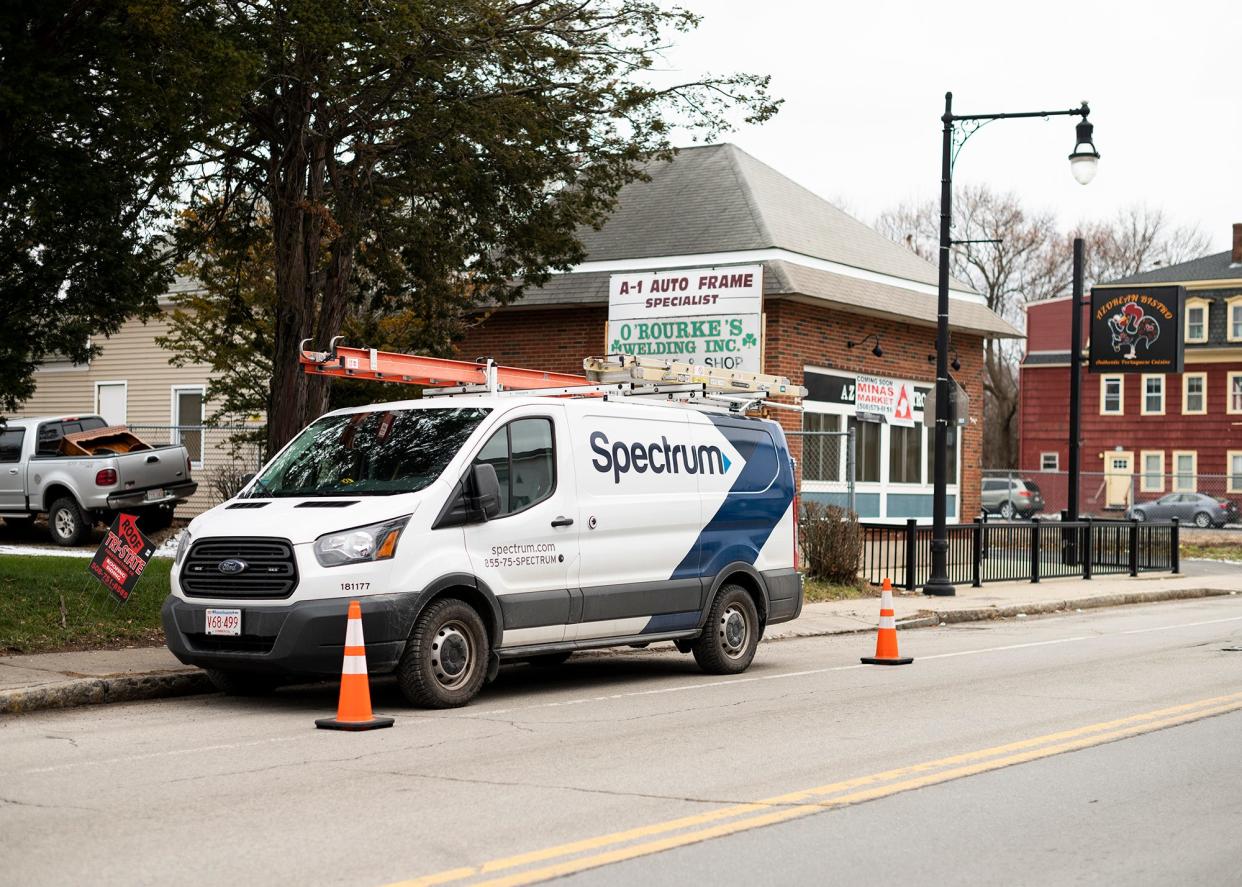Worcester Research Bureau: Broadband internet access has expanded in city, but quality issues remain

WORCESTER — Broadband internet access in the city has expanded from 2017, but inequities in access and the type of broadband households use continue to exist, according to a report released Thursday by the Worcester Regional Research Bureau.
The report calls for further investment in expanding broadband and use of recent federal and state spending to reduce gaps in broadband coverage and look at both private and municipal options for broadband expansion.
According to the report, 19% of Worcester households do not have access to broadband in 2020. That is an expansion from 2017, where 24.28% of Worcester households did not have a broadband connection.
However, most of the growth in access is almost entirely driven by cellphone users, so much so that when cellphone-only users are removed, broadband access has actually shrunk in the city over the past four years. The report argues that laptops or desktop computers can also provide more economic opportunity than a cellphone.
2020 study on speeds
In 2020, the Research Bureau found that broadband speeds in the city were lacking and recommended that the city should look at a municipal broadband network.
Worcester residents 65 years and older and less educated residents are more likely not to have a broadband connection. A gap also exists by income level.
In 2019, 61% of low-income households had a broadband internet connection while 93.7% of households earning more than $75,000 annually had access.
With one internet service provider giving service to over 99% of the city, the report finds that a solely free-market approach to addressing these disparities may be inadequate. The report calls for government attention on the issue.
Thousands of Worcester public schools students still do not have at-home broadband access. In March of 2021, 8,509 students did not have broadband internet service and 788 WPS students could not be serviced by major internet service providers. Thirty-four percent of students lacked broadband service at home and 3.1% of students could not receive service at their homes.
School access in Worcester
While broadband issues exist throughout the city, they are most prevalent in the North High School, South High Community School and Doherty Memorial High School quadrants. There is a significant lack of access on Main South and in Great Brook Valley.
The school system has 2,661 WiFi access points in schools and these points are updated every five years.
Funds exist to help with access to broadband. As of December 2021, 10,359 Worcester households were participating in the Emergency Broadband Benefit, a federal program providing a subsidy to households for their internet bill during the pandemic. This year, participants are transitioning into a long-term program.
The report states that the shift to remote schooling and remote work has made upload speeds more essential. The city is predominantly served using coax-cable internet through Charter/Spectrum and the maximum speeds that are advertised by the provider are rarely experienced due to several factors.
A study of broadband speeds found that Worcester has a median upload speed of 11 megabits per second. and a download speed that had a range of nearly 50 megabits per second. The report warns that all cable internet connections will reach their ceilings for available bandwidth and that inevitability should be on the minds of policymakers.
The report also lists possible technology to invest in, strategies to improve broadband access and sources of revenue for projects.
The city has extensive unused fiber infrastructure owned by Crown Castle. Verizon is also in the early stages of a plan to build out a citywide fiber network to provide broadband and voice services.
Citizens Broadband Radio Service
The report also notes that Citizens Broadband Radio Service, a radio frequency spectrum that falls within the 5G range, has exciting areas for growth. However, there are always risks that come with investing in an unproven technology.
For next steps, the report calls for the city to evaluate potential responses for feasibility, cost effectiveness and eligibility for outside funding. In addition, trying to spur private investment in fiber as well as potentially investing in a municipal broadband network could be a large effort, but could bring significant results.
The American Rescue Plan Act has led to Worcester directly receiving $110 million directly in relief funds and another $36 million via county-designated funds. City Manager Edward M. Augustus Jr. is planning to invest $5,960,000 in ARPA funds on broadband infrastructure.
The state government has also put more attention on broadband in recent years. Two reports from last year outline broadband disparities and potential state responses. The state also established the Special Commission on Equity and Access to Telecommunications Services.
While $2.5 billion in state ARPA funds have been unexpended, $2.55 billion was allocated in December, The plan includes $50 million for broadband.
The Infrastructure Investment and Jobs Act also provides $65 billion for broadband access, with $42.45 billion going to state grants that can be used for a wide range of projects.
This article originally appeared on Telegram & Gazette: Worcester Research Bureau: Broadband internet access has expanded in city, but quality issues remain

